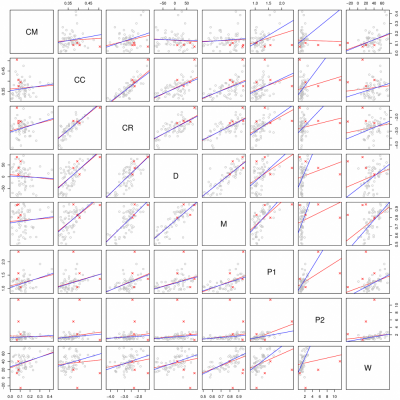Some Structural Aspects of Language Are More Stable than Others: A Comparison of Seven Methods

Understanding the patterns and causes of differential structural stability is an area of major interest for the study of language change and evolution. It is still debated whether structural features have intrinsic stabilities across language families and geographic areas, or if the processes governing their rate of change are completely dependent upon the specific context of a given language or language family. We conducted an extensive literature review and selected seven different approaches to conceptualising and estimating the stability of structural linguistic features, aiming at comparing them using the same dataset, the World Atlas of Language Structures. We found that, despite profound conceptual and empirical differences between these methods, they tend to agree in classifying some structural linguistic features as being more stable than others. This suggests that there are intrinsic properties of such structural features influencing their stability across methods, language families and geographic areas. This finding is a major step towards understanding the nature of structural linguistic features and their interaction with idiosyncratic, lineage- and area-specific factors during language change and evolution.